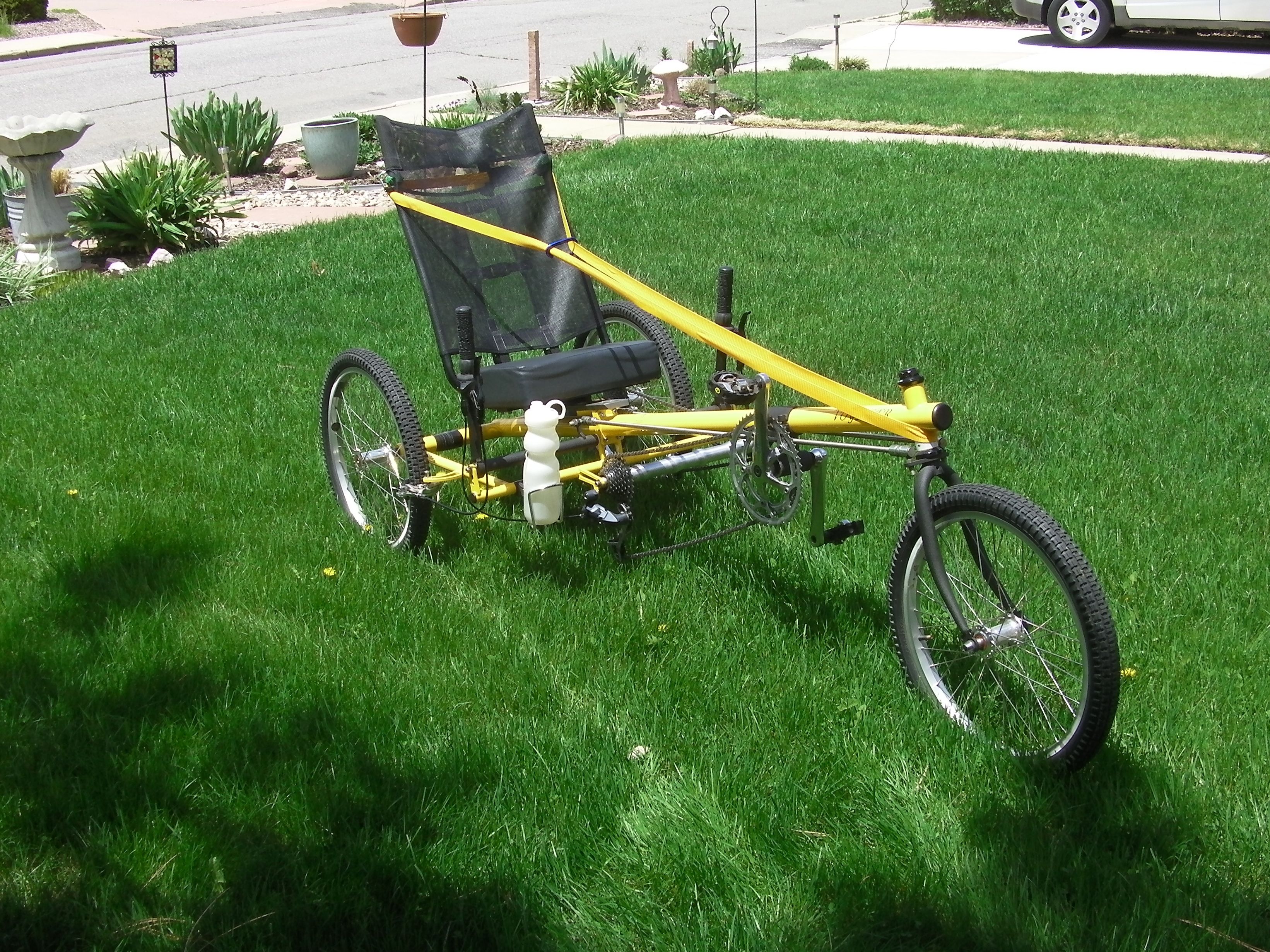Questions Frequently Asked by Teachers
1. How should I get started wth a new student who has PD? Should I meet her/him in individual therapy? PD manifests in so many combinations of symptom patterns that an individual meeting is extremely desirable. Carolyn and I like to use the beginning of that meeting to get familiar with the student's family situation, the general level of symptoms, which symptoms the student finds most troublesome, and any circumstances that have safety implications. Among these, balance issues and history of falls are important, as well as non-PD safety issues like replaced joints, spinal abnormalities, heart conditions, diabetes, osteoporosis, etc.
2. What if the PD student just shows up at a class without previously contacting you? You then get to make a judgment call whether you can safely take him on. I always interview for the safety-related items from the preceding question, and I mentally evaluate the level of disability and its level of impact on our available teacher and assistent resources.
3. Do you include the student's care partner in individual and class sessions? They are invited, and can choose either way. We observed in our first year of working with PD: More care partners came in with injuries than did those with PD! We concluded that the care partners could make good use of the yoga, too. In additon, the care partners frequently could use training that they cannot always count on geting elsewhere. For example, we put a lot of emphasis on the best ways for the student to get to and from the floor. And in that process, we train the care partner to guard against falls, but not to lift.
4. Do the care partners come? Some do, some don't. After all, their relationship is subject to lots of pressures, and a care partner may find the time of the class an opportunity to relieve some pressure.
5. If the student brings up psychological issues, should I try to address them? Only if it is in your training and in your agreed-upon contracts with your students. That said, you need to be, like any yoga instructor, prepared for unexpected emotional releases to show up in the session. Also, normal conversations with normal peaople are often psychotherapeutic, and there is no reason to turn that off. Just stay aware of your ethical guidelines (whatever they are) and your responsibility to care for yourself.
6. What yoga poses or sequences are particularly beneficial for PD? The best answer I can give to this is to study the state of the art. My Principles of exercise for PD is a start.Then combine those principles with what your own experience is telling you that this particular student needs.That will ensure a practuce that is both appropriate to this student and Parkinson's-oriented. In recent years there has been a great deal of attention given to PD by many professionals in the area of exeercise. Fortunately, there is good agreement regarding the results: almost any form of exercise can be adapted to work against PD symptoms. You will find a widw range of possibilities in the references on this site.
7. Do I need to worry about conflicting with other kinds of therapist? Physical Therapists for example? You do not need to worry, but you should pay attention to the possibilities. Only recently has society as a whole begun to appreciate to what degree many disorders, PD included, call for a "care team" approach. Expect to discover opportunuties to exercise your team building skills with others who are serving one of your students. Physical Therapists are a case in point because their community has been taking great interest in the team aspects of PD care. From our point of view, this is great good news, because there is plenty of work for all concerned, and our services dovetail well with those of their community.
8. Is any modality of communication: speech, visual demonstration, or touch particularly important for this population? All are. Most persons with PD require the redundancy of getting a pose through all three systems in order to grasp it.
9. Most of my students could benefit from an improved walk. Is that an appropriate target?
It certainly is.There is an art to re-learning this most important skill. I have had good results with this sequence:
1. First go for improved stride, with the forward foot landing heel first and rolling the point of contact forward,
and the back foot pushing off with the ball of the foot
2. Once that is reliable, work on hip swing. It should feel like the hips are aiding the legs and feet in getting a long, stable, stride. You may need to use separate exercises to loosen the hips. Without some hip swing, you can never get the arm swing phased properly.
3. Once those first two actions are happening, lift the heart, lengthen the spine and go for an upright stance. This will be especially difficult for those with PD, who tend to slump forward. And you will need to provide for safety. This stage
is important because a strong, efficient walk requires contrary rotation between the hips and the shoulders, and a
forward slump damps this rotation out very effectively.
4. Go for the counter rotation between the hips aand the pelvis. Right shoulder swings forward (approximately) when
the right hips swing back. When you get these motions all together, it feels like the whole body is engulfed in wave motion
that is sort of swimming you forward. Most of those with PD will not have experienced this lovely feeling for a
long time.
5. Add special exercises to address specific problems that come up.
6. Have the students think BIG for all motions when walking.
All the above can benefit from music that has a strong beat and the right cadence.

My much-modified trike offers luxurious cardio -- Photo by Paul Zeiger